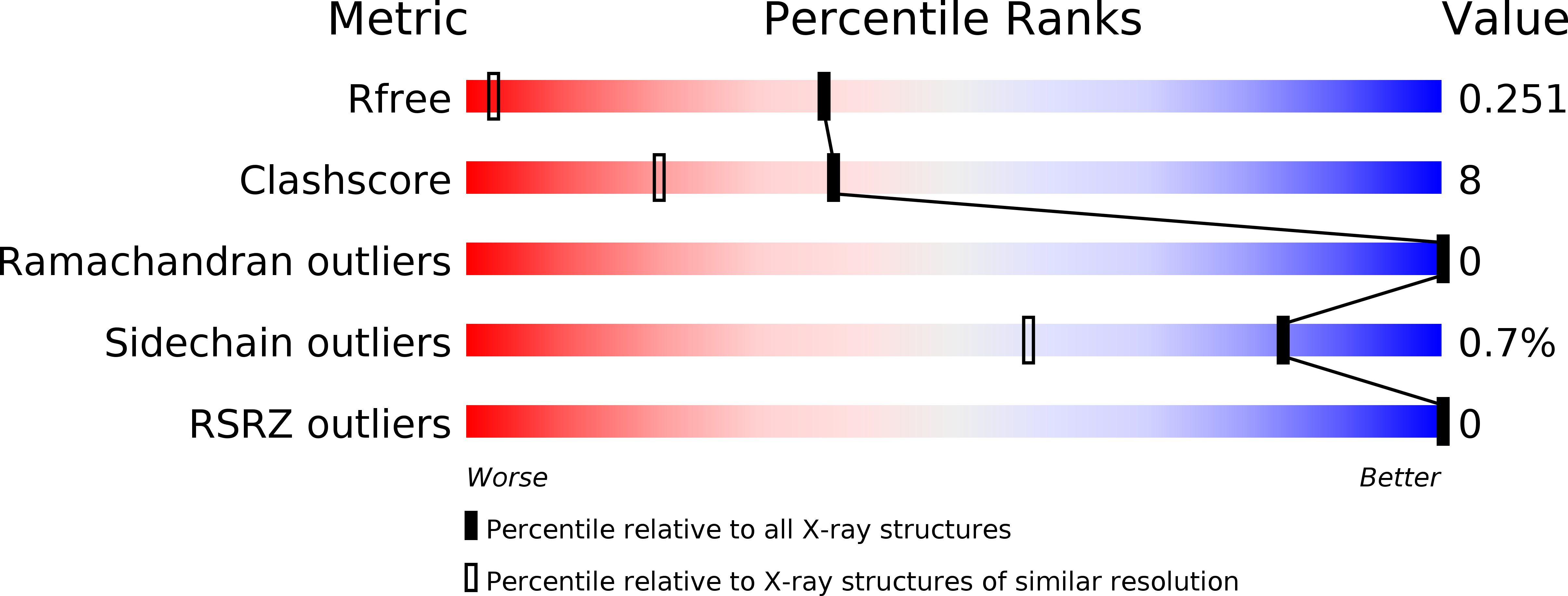
Deposition Date
2003-07-16
Release Date
2003-08-26
Last Version Date
2023-08-30
Entry Detail
PDB ID:
1Q0N
Keywords:
Title:
CRYSTAL STRUCTURE OF A TERNARY COMPLEX OF 6-HYDROXYMETHYL-7,8-DIHYDROPTERIN PYROPHOSPHOKINASE FROM E. COLI WITH MGAMPCPP AND 6-HYDROXYMETHYL-7,8-DIHYDROPTERIN AT 1.25 ANGSTROM RESOLUTION
Biological Source:
Source Organism:
Escherichia coli (Taxon ID: 562)
Host Organism:
Method Details:
Experimental Method:
Resolution:
1.25 Å
R-Value Free:
0.14
R-Value Work:
0.10
R-Value Observed:
0.09
Space Group:
C 1 2 1


